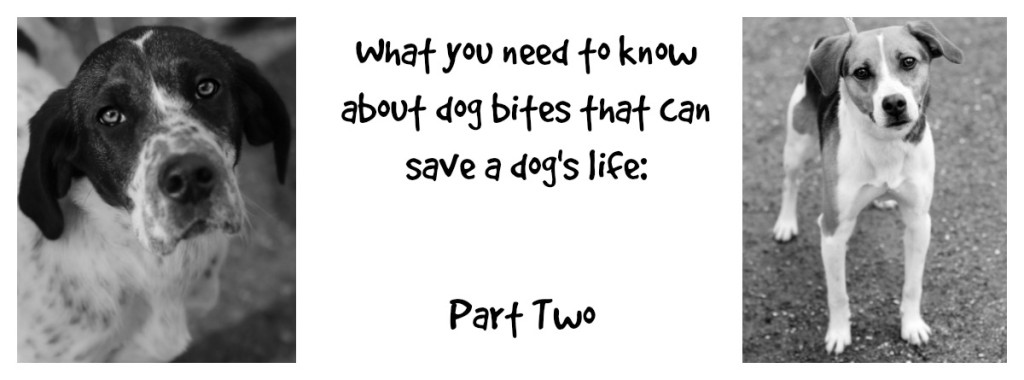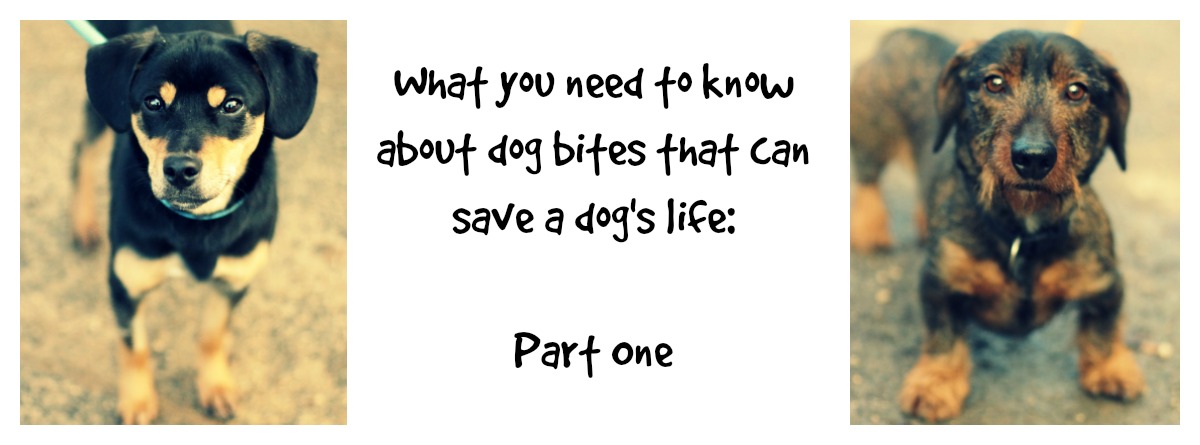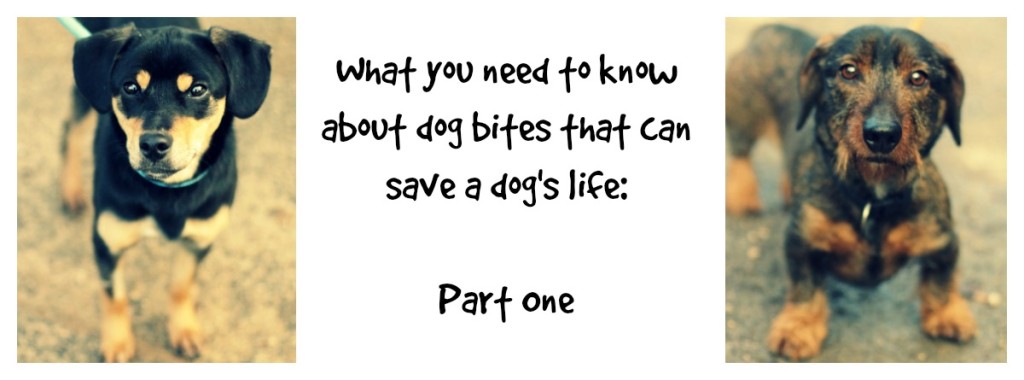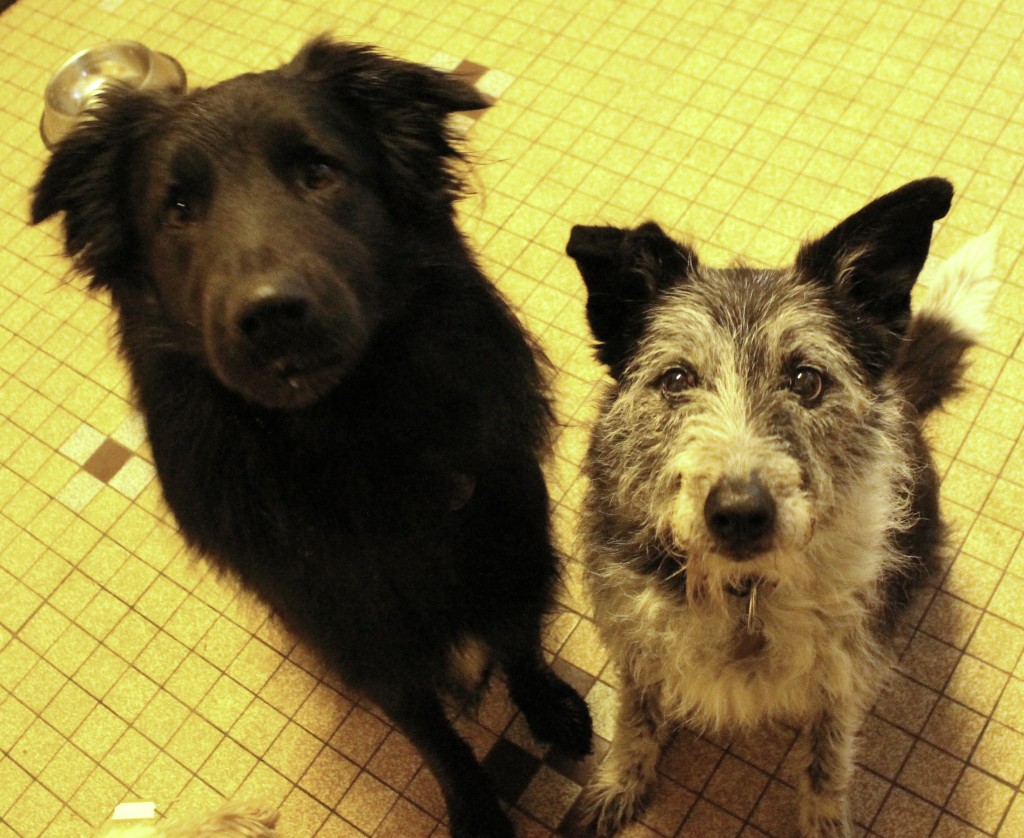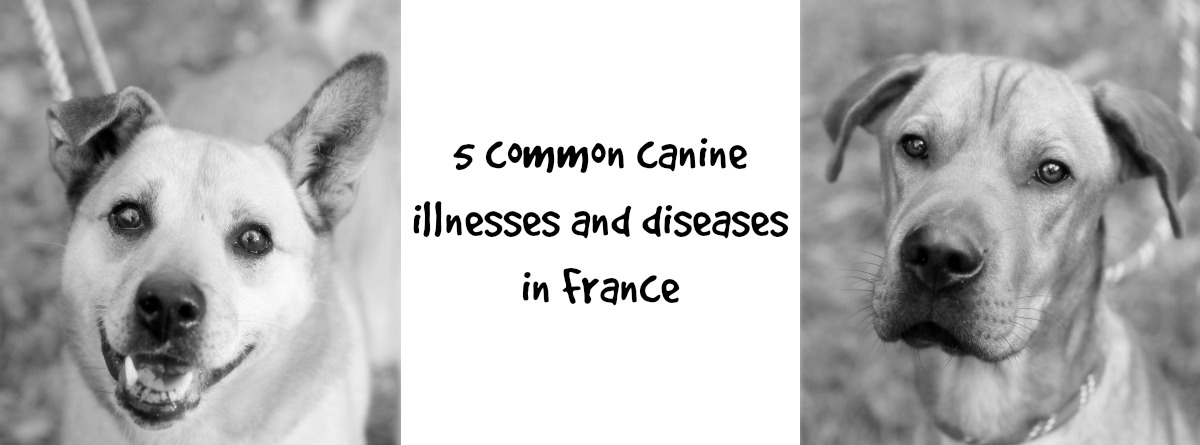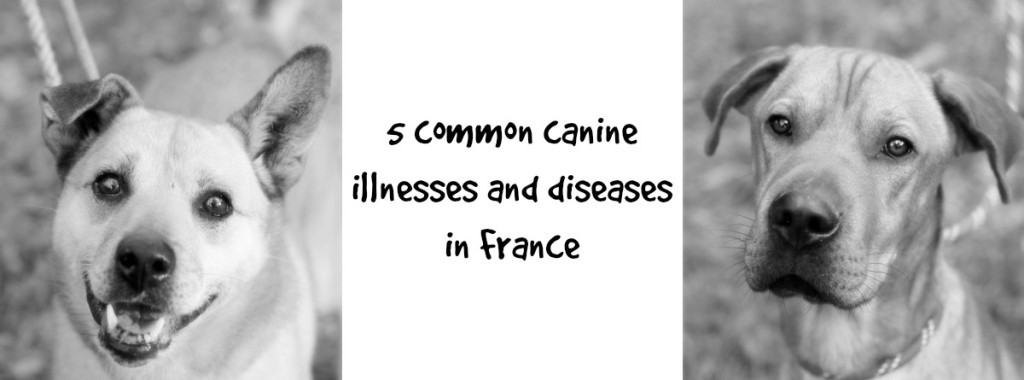Following on from the last article about dog aggression and dog bites involving another dog, this article explores some vital information about dog bites that involve humans. Although dog bites are very rare, for the most part when a newly adopted dog bites a human it is either returned to the refuge or begins the veterinary protocol in France for dogs who have bitten a human. Many times, this leads to the dog being euthanised.
Dogs bite humans for many reasons. Sometimes owners decide to keep the dog, but on other occasions the dog is returned as owners feel they can no longer trust the animal. Just this afternoon, a dog was brought back to the refuge because she had bitten the owner. As I walked up the lane with one of the members of staff, we were puzzled. She had been at the refuge for fourteen months and had never shown any propensity to bite. As we said then, there are few circumstances as stressful as the refuge, though we do our best to make it as stress-free as possible. If dogs don’t bite here, it’s a shock that they do in their lives beyond the refuge. For many dogs, if they bite a human, they do it here. We are in no doubt at all that dogs that have been darlings at the refuge may bite their owners – owners come with wounds and dressings, but it is a shock all the same to see a dog returned who had never, ever shown the slightest inclination to bite a human at the refuge. Still, those are the owners who return dogs. We can do nothing if they decide to have the dog euthanised. It is their right.
There are many reasons why dogs bite humans, and because we understand about those reasons, we can do a little to avoid those circumstances.
Some of the circumstances in which a dog may bite:
- Fear. This is the main reason a dog will bite. It is afraid. It may be cornered and feel that a bite is the only way out; it may be afraid that you are going to take its treat away. It may not have been well socialised from an early age.
- Pain. When dogs bite very severely, they are often in a high degree of pain. Dogs who have never bitten their entire lives may lose their tolerance as they grow older. Manipulation can be painful and where there are stiff joints, there are dogs who can’t tell you that they are hurting.
- Play. They have never learned that teeth hurt. They have never learned to have a soft mouth when dealing with other animals or with people. They think that it is fun. I watched three puppies play this afternoon. When the male bit the female too hard, she really shrieked and told him off. Puppies who have not been well-socialised may never have learned to moderate their bites around other animals or around humans.
- Surprise. Something out of the ordinary has given the dog a scare and it has put up its dental dukes.
- Communication. Forget Lassie. A quick way to get a human’s attention is to bite them. They have something to tell you, and usually not a positive. They are telling you that a line has been crossed and they don’t feel comfortable any more, or that they want to play, or that they really, really want to eat the treat in your hand and they’re not very patient.
- Background and breed. Some breeds have been bred for ‘nipping’. Heelers and herders use these techniques. Unscrupulous cocker spaniel breeders have blighted the breed with the proliferation of resource guarding. Dogs such as Malinois are well-known to be “mouthy”. Dogs may also have been raised to bite: attack dogs and guard dogs are only valuable if they will bite when required. At the refuge, we have no way of knowing if a dog has been raised to bite on purpose. On the flip side, sometimes it is just that they have not been taught NOT to bite.
At the refuge, we meet many dogs who are afraid. Many have been caught and brought in terrified. The first dog I knew who went to attack a human was a terrified hunt dog. She had never, ever been socialised with people and the arrival of a human being bearing a big shiny plate of biscuits didn’t make any sense to her. She was utterly terrified. Some dogs are afraid of all the noises and smells. Some are terrified of the other dogs. For whatever the reason, the dog thinks that it is in a corner and it has no way out. A bite is its last escape route.
We also meet dogs who are in pain. Very occasionally, a decision will be made to have a dog euthanised at the refuge. Usually medical issues have made the dog so uncomfortable that they have become terrified of touch. When dogs bite staff members, pain is usually one of the contributing factors.
Misdirected energy is often seen in a resulting bite. Whether the dogs are excited to be fed, excited to go out for a walk, wanting to give the other dogs in the runs a good show-and-tell of their teeth situations, if they can’t disperse that energy and your leg is near, then it’s a viable target. These kind of bites very quickly cease in “the real world” as they are no longer facing the high levels of hormones they are flooded with at the refuge.
The final type of bite that we see in the refuge are finger-nipping bites. The dog may not have good food manners; it may be starving. Either way, a dog like this has probably never learned to take food gently from a human hand. The other kind of nipped fingers we see are with people who have put their fingers through the bars.
Once adopted, other factors come into play. Although the refuge is stressful for many dogs, it is relatively safe in terms of Things As What Can Make A Dog Scared… I once watched my dog bark for ten minutes at a sieve so there’s often no rhyme or reason behind it. I think he had caught his reflection in the metal and it had given him a shock. Either way, dogs don’t see sieves at the refuge.
So what are the circumstances behind dog bites in the real world?
I was bitten by my malinois Tobby. He had been with me eight months. He has severe arthritis and is not castrated. He is nippy around other dogs and will air-snap. I’d brought a young uncastrated male home and Tobby became obsessed with him. He wouldn’t eat or sleep. For 48 hours, he followed the dog everywhere. When you’re thirteen and following a young pointer pup about, be sure that your bones might get achey. There was, I think, an element of guarding at play too. I came between Tobby and the other dog and Tobby bit me. I don’t think I surprised him – I think he was telling me that I couldn’t get between him and the other dog. It was a warning. Needless to say, once the foster pup left my home, Tobby has had another two months of bite-free behaviour. Resource guarding is often the source of a snap. Luckily, there are lots of ways to overcome resource guarding. There are not lots of ways to overcome the passions of a thirteen year old arthritic pensioner for an eight month old pointer.
Dogs bite around food as well. Few people at the refuge walk around with food dangling in front of dogs’ noses (although a little girl and her waffle were almost parted this afternoon) but where food is involved, the stakes go up. A dropped crumb can cause warfare. Again, another situation in which resources were an important factor. A few months ago, a man was having a problem with another dog he’d adopted. The dog had issues about being inside – whether it felt confused or confined, who can say? But he’d taken to stealing items and running off and hiding with them. When the owner went to retrieve the items, the dog growled and bit him. With a bit of conditioning, the dog soon learnt that giving things up brought rewards, and the biting stopped. Consult a dog behaviourist if your dog is exhibiting resource-guarding behaviours, and you’ll soon find that what was an emotionally-charged situation becomes a great learning curve that enhances the bond you have with your dog.
A final, very sad, reason that dogs bite once adopted is because of the popularity of methods such as those used by trainers who talk about dominance in dog/human relationships and how you must “be the boss”. I was horrified to receive a call a year ago from a new owner who had sought out “professional” assistance from a dog trainer who had flooded a young dog, overwhelming it with contact, and the dog bit and bit and bit the trainer. The trainer recommended the dog be euthanised. Not only are methods such as flooding and pinning barbaric, they are also ineffective. They encourage the dog to live in a high state of arousal and fear which leads to more bites, not fewer. A dog trainer is not a dog behaviouralist. Obedience training is very different from diagnosing what is triggering changes in emotional states for your dog, and this is where qualifications matter. In France, there are few recognised qualifications for dog trainers: anyone can set themselves up in business and train animals. That is not so for animal behaviouralists. I’m hugely saddened by the fact that many of our local dog trainers offer “behavioural” services which involve pinning dogs, rolling dogs, or flooding dogs with overwhelming sensations. Anybody who tells you that your dog is trying to dominate you or control the home environment for humans is not a dog behavioralist. Their methods are more likely to lead to bites and fear aggression. Even Mr Pin himself Cesar Millan has a webpage about dog bites that now offers advice that is largely rational and reasonable, something that many of his followers don’t appreciate.
There are many great resources about dog bites that can help you if you have taken on a known biter, or if you have a dog that has developed biting habits but you are determined to work with.
- Dr Sophia Yin has a very detailed article about working with dogs who have bitten to desensitise them to fearful stimuli.
- Following from the article from Dr Ian Dunbar about assessing dog bites, there is also an article from Sophia Yin about assessment.
- Another great article about how to greet dogs safely from Sophia Yin and how to prevent dog bites.
- An article from the ASPCA about mouthing and nipping in adult dogs, and how to decrease it.
- A superb website from The Family Dog called ‘Stop the 77’ with some superb resources for children.
The final article in this series on dog bites will focus on dog bites and children. Sadly, the statistics show that dogs are more likely to bite children and that this is one factor most dog owners would consider to be a line that cannot be crossed. For that reason, training your children how to act around dogs is absolutely vital to the confidence of your dog in the home and to prevent the one act that is almost certainly a doggie death sentence: biting a child.

Finally, I am never likely to finish with a quote from Cesar Millan’s website, but I fully endorse this statement:
“Dog bite prevention begins at home with your own dog by being a responsible dog owner.”
If only everybody understood that!

